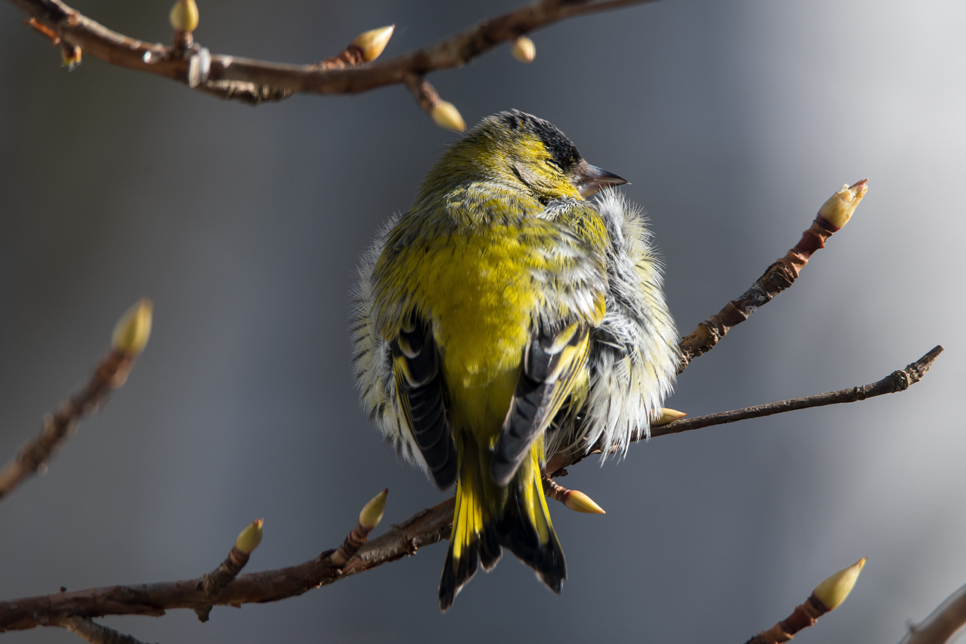Wildlife sightings for 20th April 2014
3 Common Tern - main lake
1 Bar-tailed Godwit - scrape (left the site at 0720hrs)
3 Little Ringed Plover - marsh, scrape
2 Green Sandpiper - marsh
1 Grey Plover - flew over from the E, then off downriver (1015hrs)
13 Snipe - marsh
1 Jack Snipe - marsh
3 Common Sandpiper - main lake, marsh
10 Redshank - scrape, marsh
2 Whimbrel - flew over reserve p.m.
4 Yellow Wagtail - on marsh, plus flyovers
29 Swallow - most flying SE after rain storm had cleared
35 House Martin - most flying SE after the rain
50 Sand Martin - some feeding over the reserve all day, later joined by many more after the rain
Please note, the number of Sand Martins nesting has dropped over the last couple of years, so we will close the nest bank until they have raised their first brood to see if this helps encourage them to breed. We will re-open it for their second brood in June.
April bird highlights: Marsh Harrier, Buzzard, Red Kite, Jack Snipe, Little Ringed Plover, Oystercatcher, Greenshank, Green Sandpiper, Grey Plover, Common Sandpiper, Arctic Tern, Glaucous Gull hybrid, Yellow-legged Gull, Iceland Gull, Little Egret, Yellow Wagtail, Linnet, Wheatear, Siberian Chiffchaff, Grasshopper Warbler, Tree Pipit, Garden Warbler.
Spring is well underway with many birds singing and displaying across the reserve. Among those now in full song are Chiffchaff, Willow Warbler, Blackcap, Great Tit, Chaffinch, Song Thrush, Blackbird, Robin, Cetti’s Warbler, Greenfinch, Wren and Reed Bunting. Lapwing and Redshank are busy performing noisy display flights and scraping out nests on the islands and fields. Great Crested Grebe pairs have been courtship dancing for several weeks now, being one of the earliest wildfowl to nest here. The first Sand Martin was recorded on March 15th. The first Wheatear was spotted on the marsh on March 21st. More Chiffchaff, Willow Warbler and Blackcap are arriving every day, many securing their territories while others are simply passing through north and west. Whitethroat was recorded April 10th. The first few Swallow and House Martin appeared early this month.
A high count of 10 Yellow Wagtails was recorded on the marsh mid-April. Expect to see more of these through the month along with further Wheatear and possible Ring Ouzel dropping in. There are still a few Snipe hiding out on the marsh and the edges of the scrape, with Jack Snipe still recorded into April this year.
Early flowering plants: Red Dead-Nettle, Cuckoo-flower, Blackthorn, Field-Speedwell, Primrose, Mouse-Ear, Yarrow, Annual Meadow-grass, Annual Mercury, Alder, Aspen, Common Field Speedwell, Common Whitlow-grass, Daisy, Grey Willow, Groundsel, Hairy Bitter-cress, Hazel, Lesser Celandine, Marsh Marigold, Petty Spurge, Shepherd’s Purse, Snowdrop, Wild Daffodil, Sweet Violet, Colt’s-foot, Thale Cress, Butterbur, Cow Parsley, Cowslip, Field Scabious, Herb Robert, Green Alkanet.
Water Voles: 4 individuals were spotted together along one section of the South Route, all feeding on Sedge roots and Reed stems.
Butterflies and Moths: (1st April) – Peacock (10) > Brimstone (3 male, 2 female), Small Tortoiseshell (5) > Comma (4) > Orange Tip (1 male, 1 female) > Small White (1). Early Grey Moth, Common Quaker, Hebrew Character, Clouded Drab.
Other insects: White-tailed Bumblebee, Buff-tailed Bumblebee, Tawny Mining Bee, Common Carder Bee, Hairy-footed Flower-bee, Bee-fly, Alderfly, 7-spot Ladybird, Cream-spot Ladybird.
Amphibians: male and female Smooth Newts mostly found in the South Route ponds; the first Marsh Frogs seen and heard in the car park ditch and entrance lake (start of the month).
Bats: a few Soprano Pipistrelles, 1 Common Pipistrelle and a few Daubentons (at the start of the month).
Reptiles: The first survey of the year revealed a total of 84 Slow Worms, 15 Common Lizards and 3 Grass Snakes. The WWF hide area is the best bet for basking Lizards so far.



